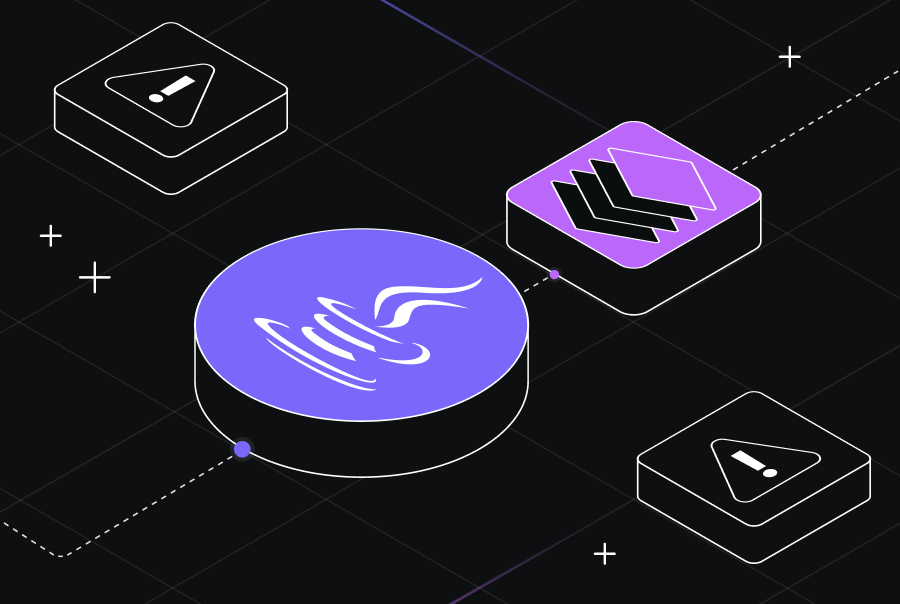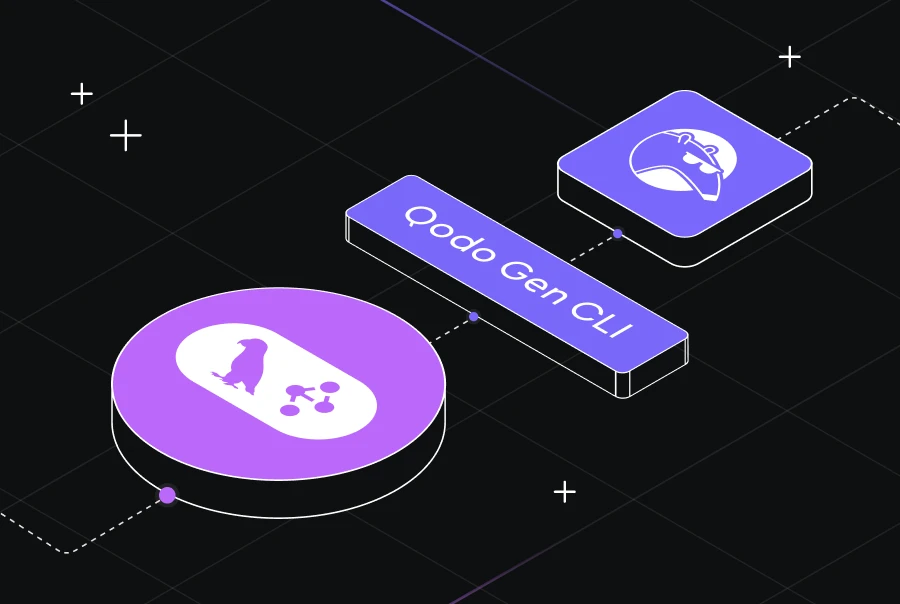Debugging SQL Queries in Java: Identifying and Fixing Common Database Issues


Debugging database-related failures in Java remains one of the most challenging aspects of application development, even in 2025. When SQL operations start causing issues, you can feel the impact ripple through the entire application. Response times get sluggish, data inconsistency issues arise, and unexpected failures can occur under production workloads.
This article assumes that you are not debugging an application using raw JDBC connections but rather working with connection pooling and an ORM like Hibernate. Given the complexity of modern Java applications—often built with microservices and distributed databases—efficient SQL debugging requires a deeper understanding of how Java applications interact with the database through connection pooling and ORM frameworks.
Common SQL Issues and Their Root Causes
Even with well-configured Hibernate sessions and efficient connection pooling, developers often encounter database failures that only manifest in production. Let’s explore common causes of these failures and how to detect them before they become a crisis.
Connection and Configuration Issues
Connection pool exhaustion occurs when applications reach their maximum number of database connections due to connections not being released properly. This is common in high-traffic environments where connection leaks accumulate over time.
Authentication failures and timeout scenarios often stem from misconfigured connection properties or network latency exceeding the configured timeout thresholds. Proper handling of connections and transactions ensures stability.
Example of proper connection handling with Hibernate:
```java
try (Session session = sessionFactory.openSession()) {
Transaction tx = session.beginTransaction();
// Database operations
tx.commit();
} catch (HibernateException e) {
logger.error("Hibernate connection error: {}", e.getMessage(), e);
}
```
Query Execution Problems
The N+1 query problem is a well-known issue in ORM frameworks. It occurs when a single query retrieves a collection of entities, followed by individual queries to fetch related data. This significantly increases database load under high concurrency.
Example of an inefficient N+1 pattern:
```java
List<Order> orders = orderRepository.findAll(); // First query
orders.forEach(order -> {
Customer customer = order.getCustomer(); // Triggers additional queries
});
```
A better approach is to use fetch joins to retrieve related entities in a single query:
```java
@Query("SELECT o FROM Order o JOIN FETCH o.customer")
List<Order> findAllWithCustomers();
```
Implicit data type conversions in queries can degrade performance by preventing proper index usage. For example:
```sql SELECT * FROM orders WHERE order_id = '12345' -- order_id is INTEGER ``` Instead, always match the data type to prevent unnecessary conversions: ```sql SELECT * FROM orders WHERE order_id = 12345
Transaction isolation violations can also introduce data inconsistencies in high-concurrency environments. Deadlocks emerge when multiple transactions lock resources in conflicting order, causing the database to stall. Proper handling of transaction boundaries and isolation levels is crucial.
Debugging Techniques and Best Practices
Now let’s explore practical techniques for debugging SQL issues effectively in Java applications using Hibernate and connection pooling.
Logging and Monitoring
Visibility is key to debugging. Basic logging captures obvious failures, but deeper insights require contextual logging, including SQL execution plans, parameter bindings, and performance metrics.
For Hibernate applications, enable SQL logging in `application.properties`:
``` logging.level.org.hibernate.SQL=DEBUG logging.level.org.hibernate.type.descriptor.sql.BasicBinder=TRACE ```
Capture detailed query execution context:
```java
private static final Logger logger = LoggerFactory.getLogger(OrderService.class);
try {
Query query = entityManager.createQuery("SELECT o FROM Order o WHERE o.id = :id");
query.setParameter("id", orderId);
logger.debug("Executing query: {} with parameters: {}", query.toString(), orderId);
query.getResultList();
} catch (Exception e) {
logger.error("Query execution failed for orderId: {}", orderId, e);
}
```
Structured logging helps analyze patterns and optimize queries:
```java
logger.info("Query executed", Map.of(
"queryId", queryId,
"executionTime", executionTime,
"rowCount", resultSet.getRow(),
"status", "SUCCESS"
));
```
In production, log rotation policies must be enforced to prevent excessive logging from consuming disk space.
Connection Pool Diagnostics
Monitor connection pool metrics, including:
- Connection acquisition times
- Statement preparation overhead
- Resource cleanup patterns
- Thread contention metrics
Tracking these statistics helps identify connection leaks and misconfigured pool sizes before they impact performance.
Query Plan Intelligence
Execution plan analysis is crucial for query optimization. It helps detect inefficient table scans, incorrect index usage, and suboptimal join strategies.
Example of analyzing query patterns:
```java
public class QueryOptimizer {
public void analyzeQueryPattern(String sql) {
ExplainPlan plan = database.explain(sql);
if (plan.hasTableScan() || plan.estimatedRows() > threshold) {
suggestOptimizations(plan);
}
}
}
```
Transaction Management
Track transaction boundaries and isolation levels to prevent concurrency issues. Use advisors to:
- Monitor lock wait times and deadlock events
- Identify long-running transactions
- Log rollback patterns
Example implementation:
```java
@Transactional
public class TransactionMonitor {
public void monitorBoundaries(TransactionDefinition def) {
trackIsolationLevel(def.getIsolationLevel());
monitorLockAcquisition();
detectPotentialDeadlocks();
}
}
```
Parting Thoughts
SQL debugging in Java applications requires a structured approach rather than reactive troubleshooting. Applying logging, query plan analysis, connection monitoring, and transaction tracking can help detect and resolve SQL issues early in the development cycle, preventing costly production failures.
However, with the rise of microservices and distributed databases, even rigorous debugging practices benefit from intelligent automation. This is where Qodo comes in. With its contextual understanding of Java applications, Qodo can identify subtle SQL inefficiencies, detect potential connection leaks, and recommend optimizations that traditional debugging might miss.


